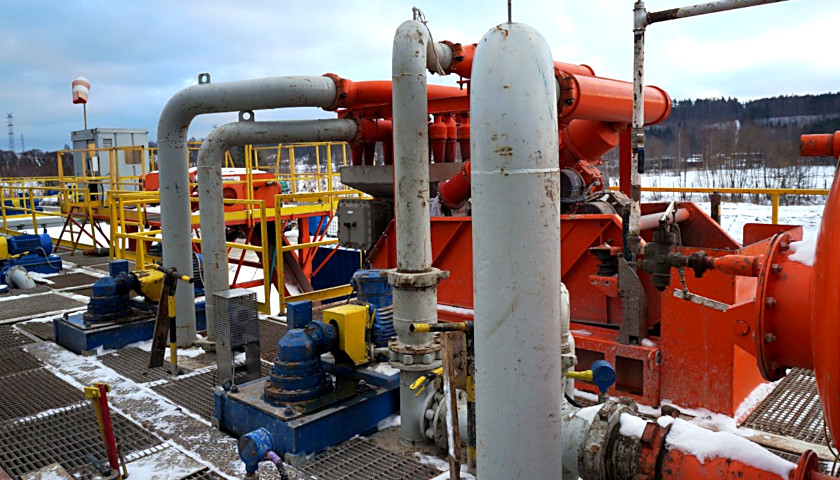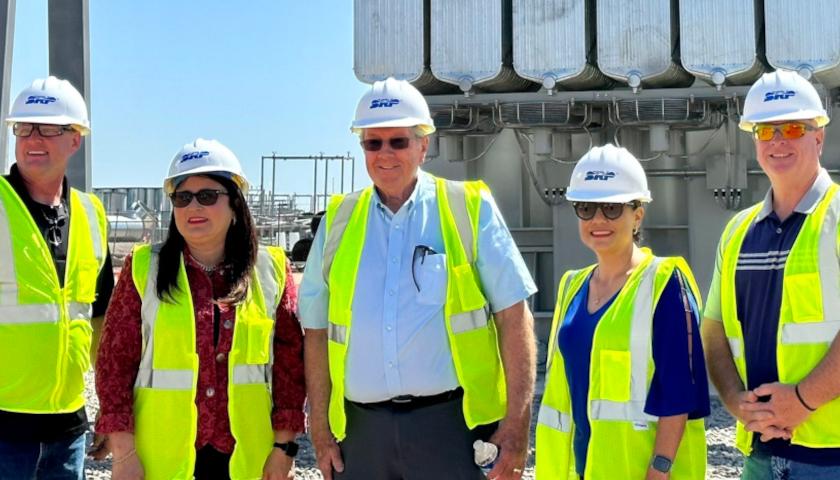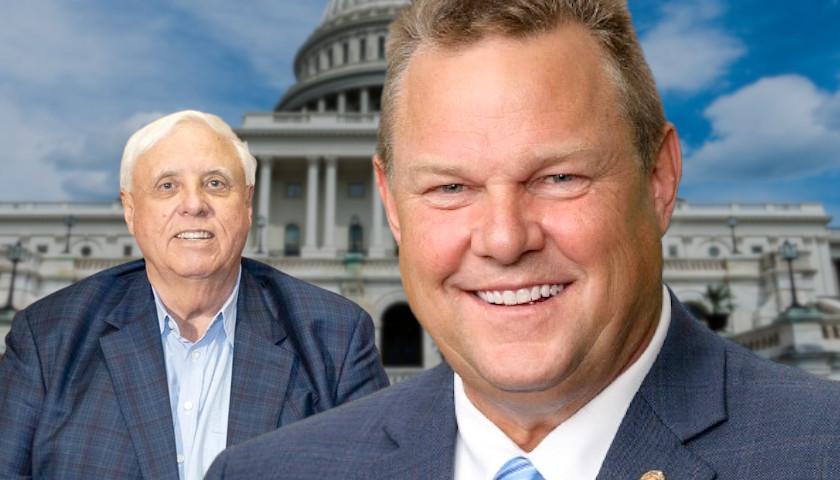by JD Davidson
A nearly $1 billion federal investment of taxpayer dollars in the Appalachian region has business leaders in Ohio excited about the potential for clean energy.
The Appalachian Hydrogen Hub, part of a larger $7 billion announcement late last week from the Biden administration, plans Ohio nodes in Ashtabula, Canton and Hopedale, all linked to nodes in West Virginia, Kentucky and Pennsylvania.
The total Appalachia funding is up to $925 million from the federal Infrastructure Investment and Jobs Act.
The Ohio Chamber of Commerce lobbied for the regional hub and said the state is committed to next-generation jobs.
“We were excited to learn that the ARCH2 won funding through the U.S. Department of Energy,” Ohio Chamber CEO Steve Stivers said. “Many of our members care about their business’s environmental impact and are excited to be a part of this initiative to increase access to clean hydrogen. This initiative shows a strong commitment to growing and continuing investment in the hydrogen market in Ohio. Converting carbon emissions into hydrogen is critical in our efforts to have both reliable and clean energy and in positioning Ohio as a leader for next-generation hydrogen jobs.”
Officials believe the Appalachian hub will create 21,000 jobs across the five states, with the majority expected in West Virginia. The bulk of the jobs, 18,000, are expected to come in the construction industry, with 3,000 permanent jobs planned.
Columbus-based scientific solutions company Batelle led the Ohio push for the hub, which was also supported by the Ohio Clean Hydrogen Hub Alliance – a group of more than 200 private and public organizations.
“This project will help ensure that Ohio workers and Ohio businesses are the leaders in the energy economy of the 21st century,” said Sen. Sherrod Brown, D-Ohio. “I fought for the Appalachian Regional Clean Hydrogen Hub because I knew our state had the passion, the talent, and the infrastructure to power America’s future.”
The hubs expand across seven regions and 16 states, including Pennsylvania, Ohio, West Virginia, New Jersey, Delaware, California, Texas, Minnesota, North Dakota, South Dakota, Illinois, Indiana, Michigan, Washington, Oregon and Montana.
The network of pipelines, storage facilities and refueling stations will use natural gas to produce energy and capture the resulting carbon emissions underground, creating 3 million metric tons of hydrogen annually – or about 30% of the federal government’s “clean hydrogen” goal for 2030.
Critics say the greenhouse gas footprint of blue hydrogen outweighs any benefit over burning natural gas, while green – although promising – is too expensive and technical to produce at scale.
Others warn that relying on federal subsidies may waste taxpayer money, especially since the promised benefits of carbon capture, in particular, haven’t panned out.
Despite this, the administration said two-thirds of the projects will work with green hydrogen, in some capacity, and has publicized a four-year timeline to complete construction on the hubs.
– – –
JD Davidson is a regional editor at The Center Square.








